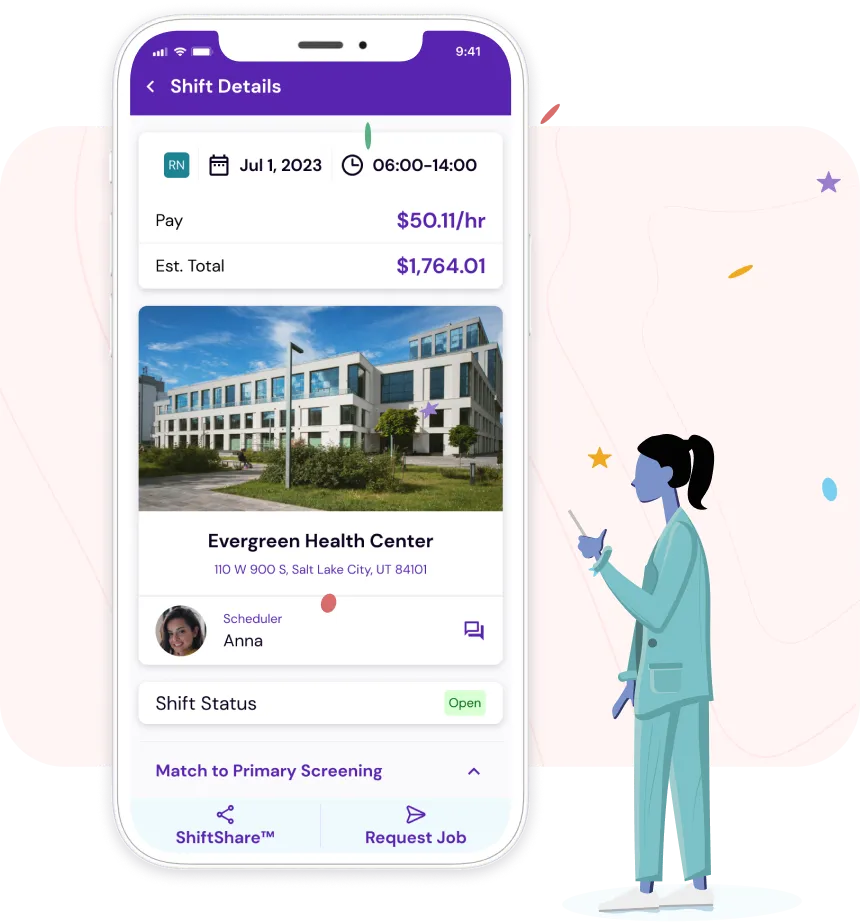Phlebotomy Certification is a credential given to nursing professionals who have fulfilled a specific training program that demonstrates their competency and proficiency in the technique and practice of drawing blood and other specimens from patients. This certification is an important tool for nurses looking to develop their skills in the medical field. It provides a formal statement of their credentials and creates a level playing field for patients seeking care from qualified medical personnel.
The certification requires the completion of a primary education course on phlebotomy for medical professionals, which certifies a basic knowledge of principles and techniques. Furthermore, it demonstrates a Nurse's dedication to safety and quality of care when dealing with patients and ensures that those professionals possess the knowledge and skills necessary to perform the phlebotomy procedure.
By obtaining a Phlebotomy Certification, Nurses will have the ability to differentiate themselves in the medical setting and gain the trust of employers and patients alike. This certification provides Nurses with the credentials they need to be successful in their field and help create a safe, efficient and quality medical environment.
What entities administer phlebotomy certifications?
Various organizations administer phlebotomy certification, the most recognized among them include the American Society for Clinical Pathology (ASCP), National Phlebotomy Association (NPA), and American Medical Technologists (AMT).
Each body has its own certification requirements, exams, and continuing education guidelines, ensuring that professionals maintain their skills and adapt to new developments in the field.
In which states is phlebotomy certification relevant?
Phlebotomy certification requirements can vary from state to state. While some states require a certification to work as a phlebotomist, others may only require a high school diploma or on-the-job training.
For instance, states like California and Nevada require licensure, while states such as Texas do not. Hence, aspiring phlebotomists must research their specific state regulations to ensure compliance.
How to obtain a phlebotomy certification
Obtaining a phlebotomy certification generally involves a series of steps:
- Complete a phlebotomy program: Prospective phlebotomists must first complete a formal training program. This can be offered at community colleges, vocational schools, or medical institutions. These programs often include lectures, laboratory, and clinical components, covering essential topics such as anatomy, blood collection techniques, and safety protocols.
- Gain clinical experience: Many certification programs require candidates to complete a specified number of supervised blood draws—often around 30 to 100—to ensure practical experience.
- Pass the certification exam: After completing an approved training program and acquiring enough hands-on experience, candidates must sit for a certification exam administered by one of the recognized credentialing organizations. The exam typically tests knowledge of procedures, techniques, and safety practices.
- Maintain certification: Certification bodies often have continuing education requirements to maintain certification status. This could involve attending workshops, completing additional courses, or gaining experience in related fields such as laboratory technology.
- Stay informed on state regulations: Since phlebotomy certification requirements can change, it’s crucial for professionals to stay abreast of any changes in their specific state's laws and regulations regarding phlebotomists.
Who is eligible for phlebotomy certifications?
Even if you are not a phlebotomy technician or student, you may still be eligible for the certification. The NPA recommends Phlebotomy Certification for the following healthcare occupations:
- Certified nursing assistants (CNAs)
- Emergency medical technicians (EMTs)
- Medical assistants (MAs)
- Licensed practical/vocational nurses (LPNs/LVNs)
- Registered nurses (RNs)
Check with the NPA or certifying organization near you to see if your education and training make you eligible.
Add your phlebotomy certification to your Nursa profile
Do you already have this certification? You’ll need to submit this credential to Nursa to be considered for shifts in facilities that have identified it as a requirement.
Add it to your Nursa profile by following these steps:
- In the Nursa mobile app, tap the “Menu” in the top left corner
- Select “Profile”
- Scroll down to the “Credentials” section
- Tap “Add your Credential”
- Upload your credential document (accepted file types include PDF, WORD, JPG, and PNG)
Start your PRN nursing career with Nursa
New to PRN nursing? It’s easy to find jobs at facilities near you when you use Nursa.
Download the app and follow the prompts to create a profile. Upload your credentials and highlight your work experience to stand out for jobs. Sign up with Nursa to start picking up PRN shifts today.



